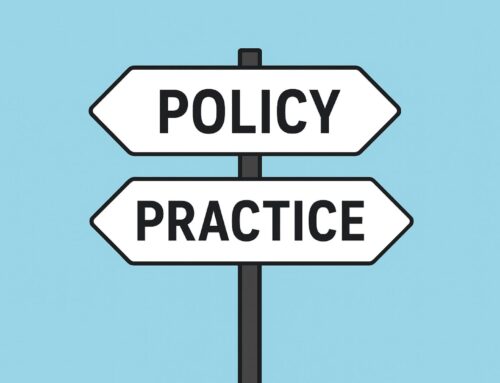It’s so easy to show up to work each day contemplating the to-dos and the emergencies. And, it is way more effective to show up each day with a clear intention about what you are trying to build.
One of a leader’s most powerful tools is to leverage their intention. In my experience as a consultant, it is one of the least often applied tools.
Leading with intention is simple, and not always easy. Intention is pre-planning, it’s a thoughtful assessment of a possible future state, it’s being proactive, it’s thinking ahead, it’s designing. Intention in leadership is a perspective, an approach that can be pivotal in creating the team and culture and outcomes you strive for every day.
Shaping Workplace Culture
Above all, this comes up most often for us around workplace culture. Any group, team, or organization with more than one person, by definition, has a culture. Most have a culture that unconsciously reflects the personality of the leader and the ethos of the greater industry. Rarely does a group or team actively craft a culture representative of shared, intentional values.
Cultures tend to happen unintentionally, and leaders tend only to react to the elements that they want to change. Cultures can be intentional. In fact, the more intentional they are, the more built-in reinforcements tend to exist. An intentional culture has been defined; it has words and feelings, and actions already associated with it. Proactively, this makes it much easier to enculturate new hires, to reinforce with slogans and posters, and to reinforce with actions and examples.
Intention is the execution portion of goal setting. Intention requires strategy, communication, and consistency. Teams often meet to create goals and cultures, but rarely build a plan that keeps those goals alive in everyday choices. Intention bridges that gap. It keeps the vision visible and tangible.
Embedding Intention into Daily Leadership Practices
There are many areas in organizations where leading with intention, purposely and consistently, can significantly improve your outcomes. Intention is felt throughout the organization. It easily becomes part of people’s why because they feel like they are culturally part of something beyond their paycheck.
Leading with intention doesn’t have to stop at culture. It can shape hiring practices, customer experience, product development, and even daily meetings. When intention is consistent, it resonates across the organization.
Then, it becomes part of people’s sense of purpose, something they carry beyond the boundaries of their job description.



